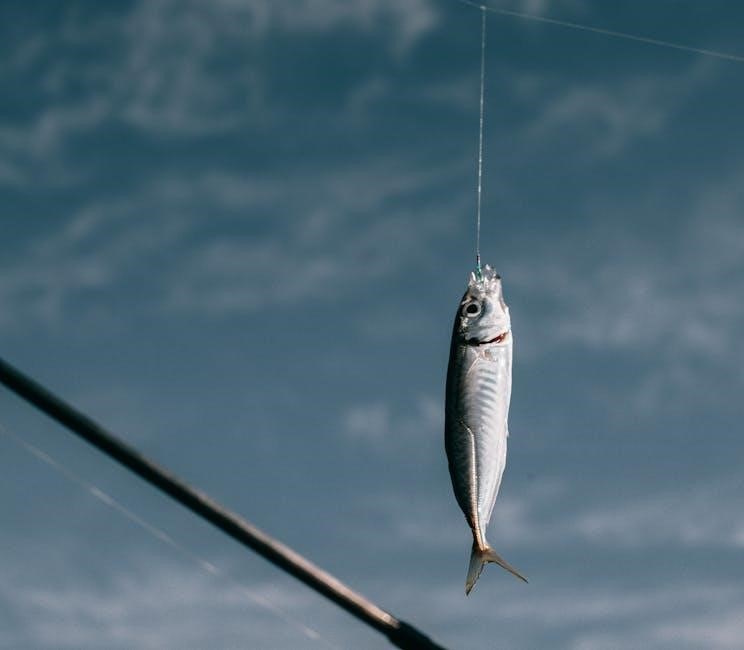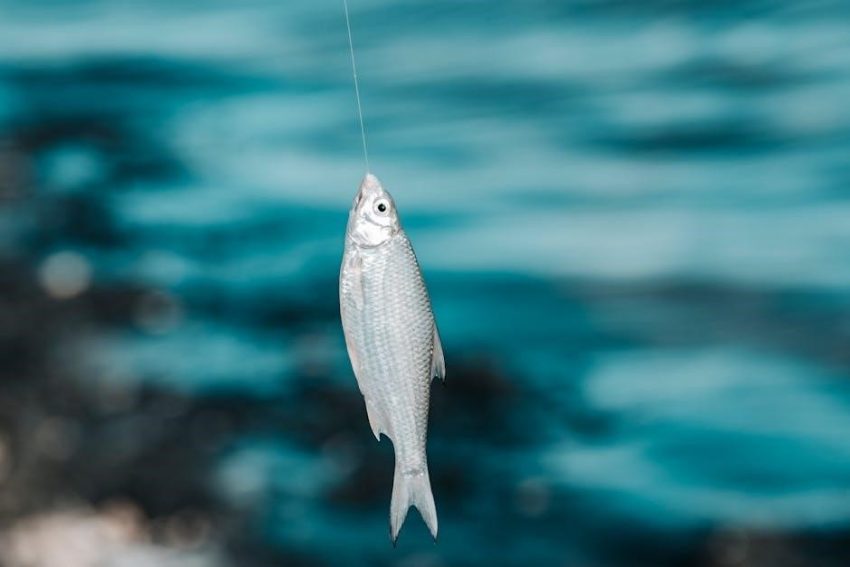Fishing Hook Size Chart: A Comprehensive Guide
Navigating the world of fishing hooks can be complex, especially when determining the actual size needed for different fish species and bait. A fishing hook size chart, particularly one available in PDF format, provides a visual and printable reference. This is very useful!
Understanding Hook Sizes: Numbered vs. Aught Sizes
Fishing hook sizes can initially seem counterintuitive, primarily because of the dual systems used: numbered sizes and aught sizes (represented as /0). Numbered hook sizes, such as 2, 4, 6, and 8, operate inversely; a larger number indicates a smaller hook. For example, a size 8 hook is smaller than a size 2 hook.
Aught sizes, denoted as 1/0, 2/0, 3/0, and so on, represent the opposite end of the spectrum. As the number before the “/0” increases, the hook size also increases. A 4/0 hook is significantly larger than a 1/0 hook. Understanding this distinction is crucial for selecting the appropriate hook for the target fish species and the bait being used. Many anglers rely on fishing hook size charts to visualize these differences.
These charts often provide a side-by-side comparison, clarifying the relative sizes and helping anglers make informed decisions.

Fishing Hook Size Chart Actual Size PDF: Finding and Using
A fishing hook size chart in actual size PDF format is an invaluable tool for anglers. These charts offer a visual representation of hook sizes, allowing you to compare them directly to your bait or the fish you intend to catch. To find these charts, search online using terms like “fishing hook size chart actual size PDF” or “printable hook size guide.”
Several websites and fishing forums offer these resources for free download. Once you’ve downloaded the PDF, it’s crucial to print it at 100% scale to maintain accuracy. Using the chart involves placing your hook on the printed image to determine its size or comparing the chart’s images to your bait to select an appropriate hook.
This method is particularly useful when purchasing hooks online or organizing your tackle box. Be aware that slight variations may exist between brands, so it’s always best to double-check. Always ensure the PDF is printed without scaling to preserve the accuracy of the hook sizes depicted.
Hook Size Recommendations for Different Fish Species
Selecting the right hook size is paramount for successful fishing, as it directly impacts your ability to hook and land different fish species. Smaller fish, such as panfish like bluegill and crappie, typically require smaller hooks, ranging from sizes 6 to 10. These smaller hooks allow the fish to easily take the bait without detecting the hook itself.
For medium-sized fish like bass and trout, hook sizes between 2 and 4/0 are generally recommended. The specific size within this range will depend on the bait being used and the average size of the fish in your target area. Larger species, such as catfish and salmon, necessitate larger and sturdier hooks, often ranging from 3/0 to 9/0.
These larger hooks provide the strength needed to handle the fish’s size and power. It’s crucial to consider the fish’s mouth size and feeding habits when selecting a hook. Researching the specific species you’re targeting will significantly improve your hook selection and overall fishing success.
Matching Hook Size to Bait Size
The synergy between hook size and bait size is a critical element in successful angling. Selecting the appropriate hook size ensures that the bait is presented effectively and that the fish has ample opportunity to take the bait and get hooked. Overly small hooks paired with large baits can lead to missed strikes, as the hook point may be obscured or the fish may reject the offering altogether.
Conversely, using excessively large hooks with small baits can appear unnatural and deter fish from biting. For small baits like worms or small insects, smaller hooks in the range of size 8 to 12 are often suitable. Medium-sized baits such as minnows or crawfish typically pair well with hooks ranging from size 4 to 2/0.
Larger baits, such as sizable chunks of cut bait or large artificial lures, demand correspondingly larger hooks, often in the 3/0 to 7/0 range. The goal is to select a hook that complements the bait’s size and profile, ensuring a natural presentation that entices fish to strike with confidence.
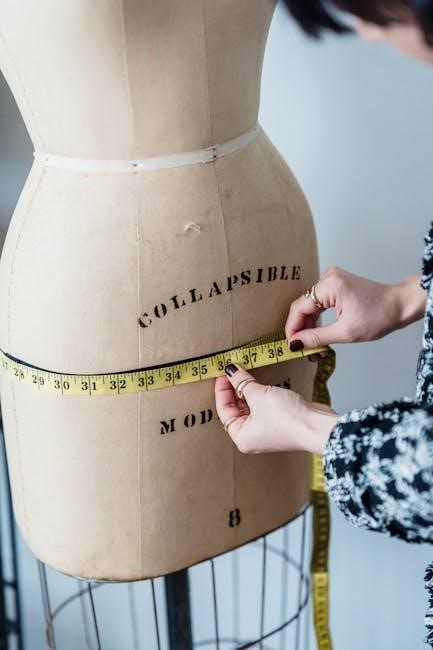
Japan (JP) to US Hook Size Conversion Chart
Anglers often encounter variations in hook sizing systems, particularly when dealing with fishing tackle manufactured in Japan. Japanese (JP) hook sizes can differ significantly from the US sizing standards, leading to confusion when selecting the right hook for a particular fishing application. To bridge this gap, a Japan (JP) to US hook size conversion chart is an invaluable resource for anglers.
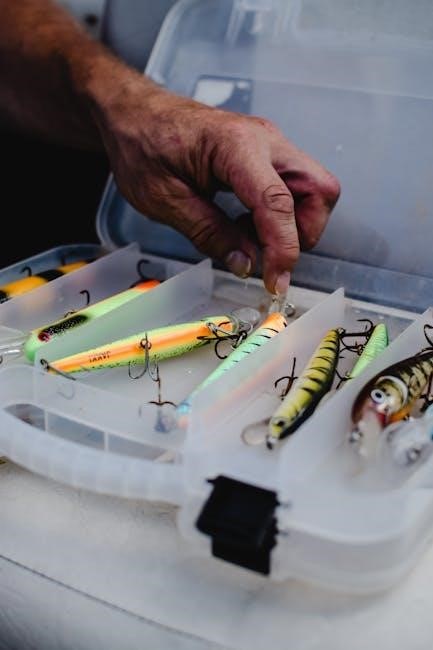
These charts provide a direct comparison between JP hook sizes and their corresponding US equivalents, enabling anglers to accurately translate between the two systems. For instance, a JP size 3 hook might correspond to a US size 4 hook, while a JP size 10 hook could equate to a US size 16 hook.
Understanding these conversions is crucial when purchasing hooks online or from retailers that carry both JP and US brands. By consulting a reliable conversion chart, anglers can avoid purchasing the wrong size hooks and ensure they have the appropriate tackle for their target species and fishing conditions. These charts ensure accuracy!
Sabiki Hook Size Chart
Sabiki rigs are specialized fishing setups designed to catch multiple small baitfish simultaneously, commonly used in saltwater environments. These rigs feature a series of small, brightly colored hooks attached to a single line, often adorned with flashy materials to attract fish. Given the small size of the target species, selecting the correct hook size is crucial for success.
A Sabiki hook size chart provides a guide to the appropriate hook sizes for different types of baitfish. Typically, Sabiki hook sizes are indicated by numbers, with larger numbers corresponding to smaller hooks. For example, a size 16 or 18 Sabiki hook is ideal for catching very small baitfish, while a size 10 or 12 might be better suited for slightly larger species.

These charts often include a conversion from Japanese (JP) sizes to US sizes, as Sabiki rigs are frequently manufactured in Japan. An accurate Sabiki hook size chart ensures anglers choose the right hook size to maximize their catch rate and avoid using hooks that are too large or too small for the intended baitfish. It is very important to use accurate charts!
Octopus Hook Sizing
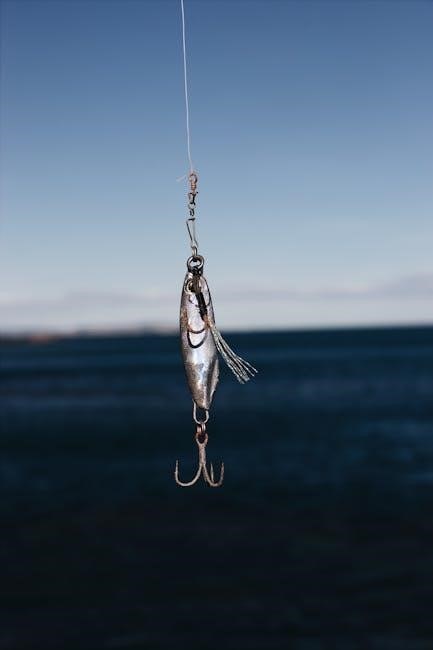
Octopus hooks are a popular choice among anglers due to their unique shape and versatility in various fishing applications. Characterized by a short shank, round bend, and an inwardly turned point, these hooks are designed to improve hook-up ratios, especially when fishing with live or natural baits. Selecting the correct size of an octopus hook is crucial for effectively targeting different fish species.
Octopus hook sizing follows a numerical system, where sizes range from small numbers (e.g., 1, 2, 4, 6) to larger numbers (e.g., 1/0, 2/0, 3/0), with the “0” indicating “aught” sizes. Smaller numbered hooks are ideal for smaller fish and delicate presentations, while larger aught-sized hooks are better suited for bigger fish and heavier baits.
A reliable hook size chart is indispensable for determining the appropriate octopus hook size for a given fishing scenario. These charts often provide recommendations based on the target species and the size of the bait being used. For instance, a size 1/0 or 2/0 octopus hook might be suitable for catching bass with live worms, while a larger 4/0 or 6/0 hook could be necessary for targeting larger saltwater species like snook or redfish. Accurate sizing is crucial for fishing!
Treble Hook Sizes and Applications
Treble hooks, easily identified by their three points extending from a single eye, are commonly used in various fishing applications, particularly with artificial lures and baits. Their design significantly increases the chances of a hook-up, making them effective for catching fish that strike quickly or aggressively. Understanding treble hook sizes and their appropriate applications is essential for successful fishing.

Treble hook sizes are typically indicated by numbers, similar to single hooks, but the sizing system can sometimes vary slightly between manufacturers; Generally, smaller numbers (e.g., 6, 4, 2) represent larger hooks, while larger numbers (e.g., 8, 10, 12) indicate smaller hooks. Sizes can also be expressed in aught sizes (e.g., 1/0, 2/0), which are larger than the numbered sizes.
The choice of treble hook size depends largely on the size of the lure or bait and the target fish species. Smaller treble hooks (sizes 8-12) are often used on small crankbaits or topwater lures for panfish or trout. Medium-sized treble hooks (sizes 4-6) are commonly used on larger crankbaits, jerkbaits, and swimbaits for bass or walleye. Larger treble hooks (sizes 2-1/0) are typically reserved for larger lures intended for bigger game fish like pike, musky, or saltwater species. Always consider the size of the fish!
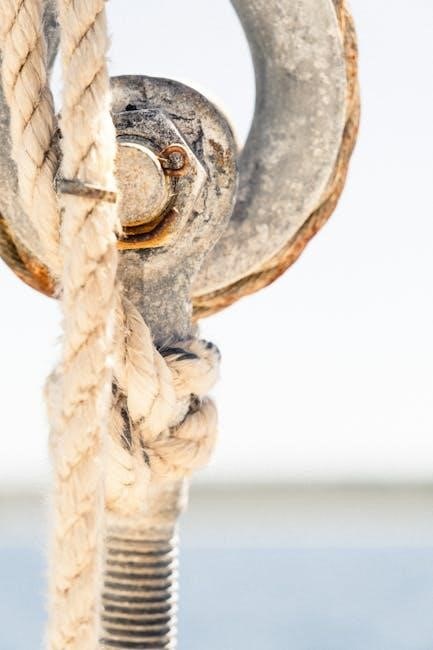
Factors Affecting Hook Selection: Fish Size and Fishing Conditions
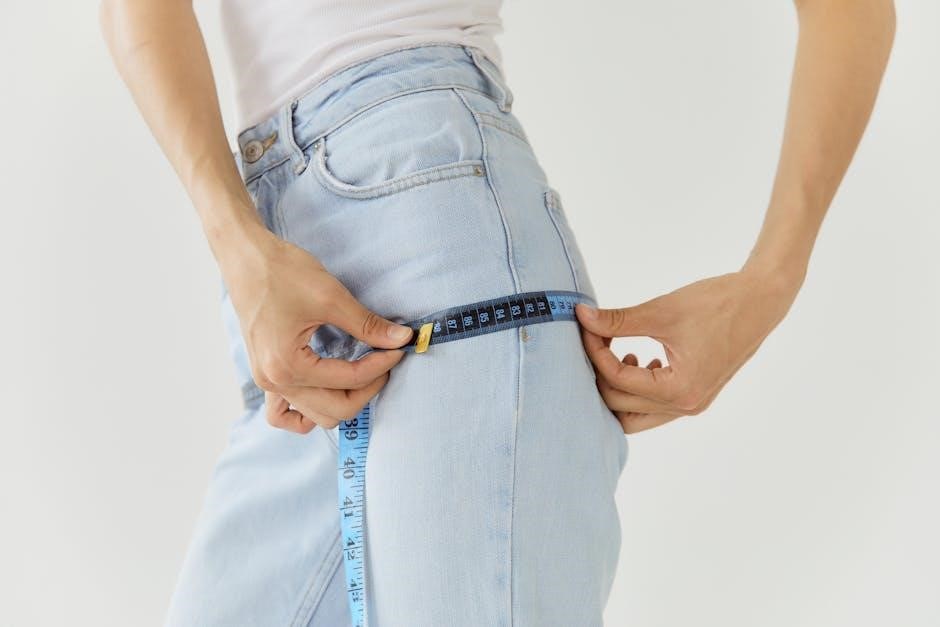
Selecting the correct fishing hook involves more than just looking at a size chart. Several factors influence the ideal hook choice, with fish size and fishing conditions being paramount. The size of the target fish directly dictates the hook size needed to ensure a secure hookset and prevent the fish from breaking free. Larger fish require larger hooks with wider gaps to penetrate their mouths effectively. Conversely, using too large a hook for smaller fish can result in missed strikes or injury to the fish.
Fishing conditions also play a crucial role. In clear water, smaller, more subtle hooks may be preferred to avoid spooking wary fish. In murky or stained water, larger hooks with brighter finishes or added attractants can help fish locate the bait. The type of bait being used also influences hook selection. Live bait often requires different hook styles and sizes compared to artificial lures. For example, circle hooks are commonly used with live bait to promote corner-of-the-mouth hooksets, while treble hooks are frequently used with lures to increase hooking percentages.
Furthermore, consider the fishing environment. Heavy cover or strong currents may necessitate stronger, heavier-gauge hooks to prevent bending or breaking. Always adapt your hook selection to the specific conditions you encounter to maximize your chances of success;
Where to Find Printable Fishing Hook Size Charts
Locating a reliable and printable fishing hook size chart is essential for any angler looking to optimize their tackle selection. These charts serve as invaluable resources, providing visual guides and measurements to ensure you’re using the right hook for your target species and bait. Fortunately, numerous online platforms offer downloadable and printable charts in various formats, including the commonly sought-after PDF.
Many reputable fishing websites and tackle retailers provide free hook size charts on their sites. These charts often include detailed illustrations and size comparisons, making it easier to understand the nuances of hook sizing systems. Additionally, fishing forums and online communities are excellent sources for finding charts shared by experienced anglers. These community-sourced charts may offer unique perspectives or cater to specific fishing styles.
When searching for a printable chart, prioritize those that offer actual-size representations of the hooks. This allows you to physically compare your hooks to the chart, ensuring accurate sizing. Before printing, double-check the chart’s dimensions and print settings to avoid distortion. Once printed, consider laminating the chart for durability and water resistance, making it a handy reference tool to keep in your tackle box. Remember to cross-reference charts from multiple sources to confirm accuracy and ensure you have the most comprehensive information available.
